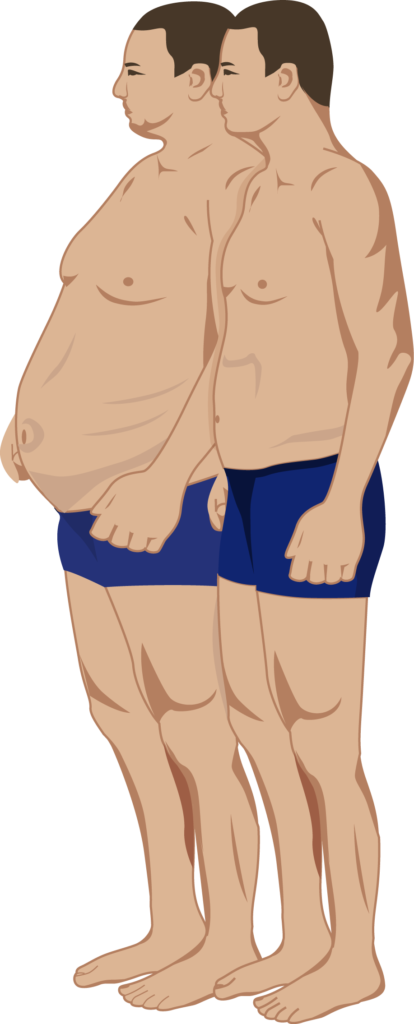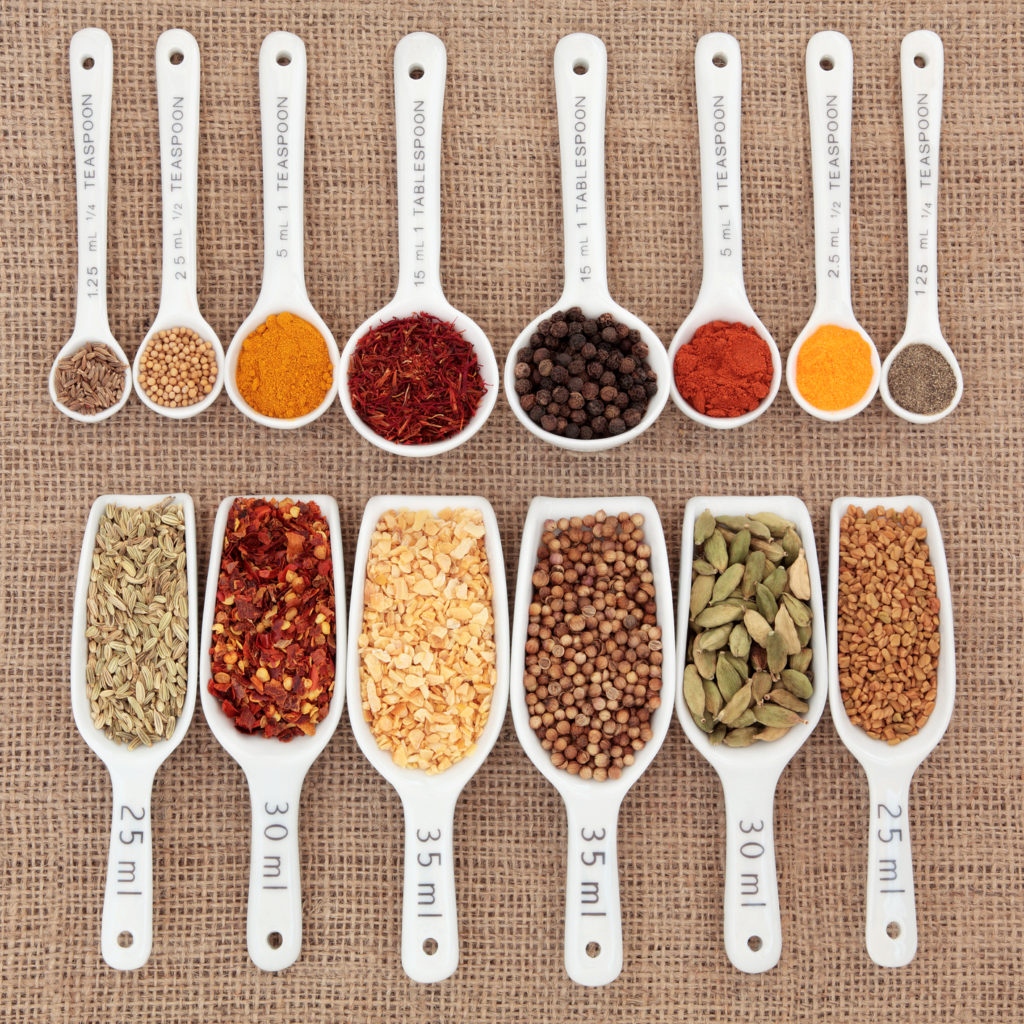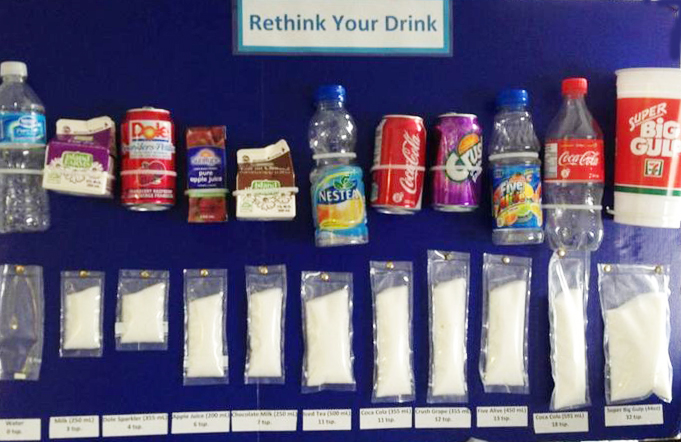You would think that “Ketogenic” is one of the new words of the twenty first century, but it was in fact coined way back in 1924! It referred to a diet that a doctor Russel Wilder of the Mayo Clinic in the USA invented to help reduce the frequency of epileptic seizures in children.
“The ketogenic diet is a high-fat, adequate-protein, low-carbohydrate diet that in medicine is used primarily to treat difficult-to-control (refractory) epilepsy in children. The diet forces the body to burn fats rather than carbohydrates.”
Wikipedia
And this is probably easier to understand with the following article on ketones and ketosis
“Ketosis is a normal metabolic process. When the body does not have enough glucose for energy, it burns stored fatsinstead; this results in a build-up of acids called ketones within the body. Some people encourage ketosis by following a diet called the ketogenic or low-carb diet.”
Medical News Today
However, the Ketogenic Diet today has largely been seized by the weight loss community and gurus especially by some “A listed” movie stars and the like to reduce weight and help tone their bodies.

Ketogenic Diet In Reality
Some dietry “experts” caution people adapting a ketogenic diet as it may not be sustainable over a life time.
Here is an excerpt from an “expert”
Very-low-carbohydrate ketogenic diets (VLCKDs) have been around for hundreds of years and were the standard form of treatment for diabetes prior to the discovery of insulin in 1922. William Banting, a British undertaker, deserves credit for developing the first VLCKD for weight loss in the mid 1800s. Cardiologist Dr. Atkins popularized it again in the early 1970s after reviewing decades-old nutrition research in his attempt to discover a plan that would allow people to lose weight without going hungry – his own Achilles’ heel when it came to sticking to a diet. Over the years, the very-low-carbohydrate ketogenic diet has been criticized for being too restrictive, difficult to maintain long term, and unhealthy. However, many people find that this way of eating is the only one that allows them to lose weight and effectively control diabetes.
From the information above it stands to reason that people who are obese or diabetic would be foolish not to go on a ketogenic diet. Especially as it requires participants to eliminate sugar and all processed carbohydrates from their diets.
What Foods Should You Eat On a Ketogenic Diet?
As the quote from Wikipedia (above) says the Ketogenic diet involves the intake of fats, adequate protein and low intake of carbohydrate. The list might look something like this.
- Fats – this includes oils. Butter, coconut oil, olive oil and remember fish oils as in sardines and other fatty fishes – and yes, cook in lard! And peanut butter.
- Proteins – beef, lamb, poultry, pork, fish and seafood, eggs (of course some of these are fatty in themselves.
- Dairy – full cream milk, cheese and butter. No “skim” or “low fat” milk or cheese.
- Nuts/seeds – almonds, macadamias, walnuts. Limit to a few each a day, especially if combined. Sunflower and pumpkin seeds.
- Vegeatables – most underground vegeatables are heavy carbohydrates, such as potatoes so mostly use the above ground varieties such as celery, cabbages, broccoli, rocket, lettuce and spring (green) onions occasionally.
- Fruits -lemons, limes and advocados. Use other sweet fruits sparingly because even natural sugars are carbohydrates.
- Drinks – coffee, tea, water (can be infused with medicinal type leaves such as mint). Absolutely no sugar! Even use artificial sweetners sparingly (Stevia being amongs the best) as studies are showing that the body reacts to them as much as it does to sugar.
- Seasonings/herbs/spices – Himalayan salt, black pepper, coriander, basil, tumeric etc.
Who Would Benefit From the Diet?
It goes to say that the overweight and diabetics need a ketogenic diet.
What I would suggest is that the rigid ketogenic diet be adhered to for say a month to reduce the excess weight, then go on a normal diet but one that eliminates all of the processed carbs such as the following:
- Sugar (all colours)
- Honey
- Soft drinks
- Confectionaries (lollies, sweets)
- Ice cream and milk drinks, especially the “iced coffee” varieties.
- Bread – none on a full ketogenic diet but one or two slices a day on a “normal” carb reduced diet.
- Most below the ground vegeatables, especially potatoes, even sweet potatoes.
- Alcohol of any sort
- Fruit juices – even the “natural” fruit juices! all of them contain as much sugar as soft drinks and in some cases more.
- Breakfast cereals, even oats (porridge) – especially the sugar loaded varieties.
- Rice – white or brown.
But What About Obese Children?
A ketogenic diet would certainly be beneficial but I would advise consulting a physician knowledgeable in this area first. It would be certainly safe to stop any child from eating any of the carbohydrates listed above and consuming adequate protein (about 2 grams for each kilogram of body weight) and plenty of green leafy vegeatables.
More Information and Help
Have a look at the information that Christine Cronau gives on her Facebook page here


